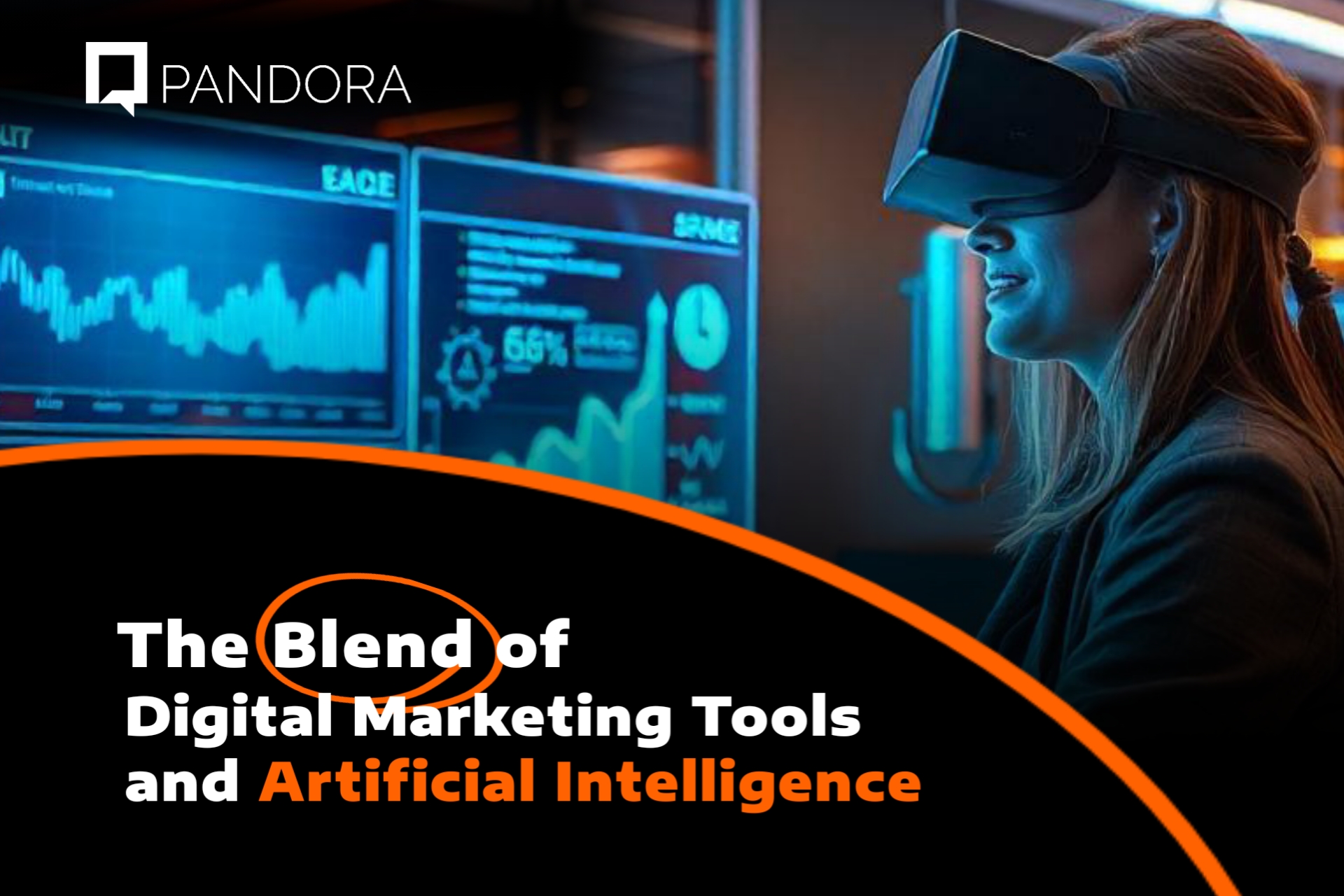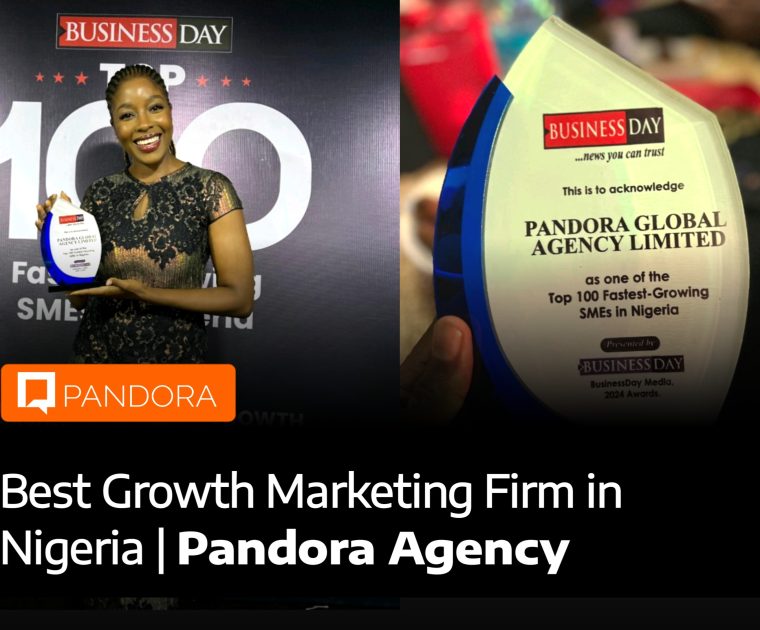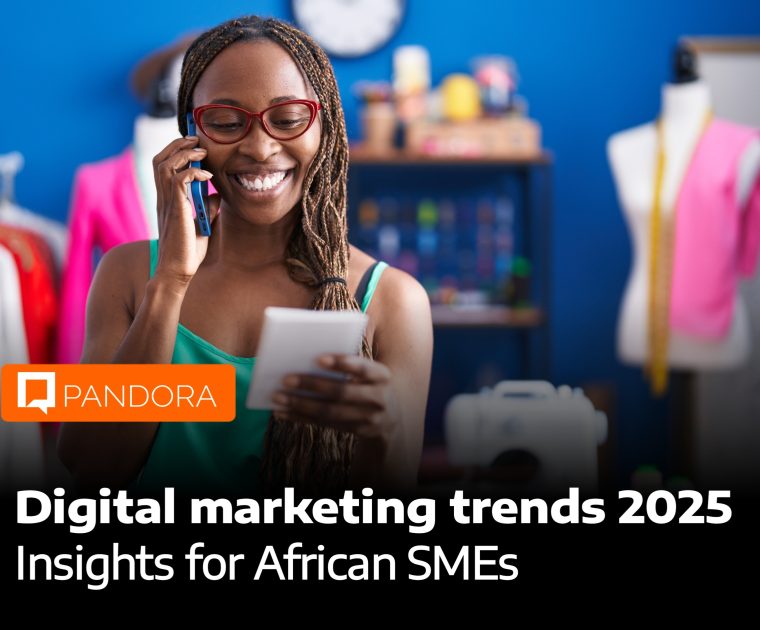Artificial intelligence (AI) is reshaping the marketing sector, making it smarter, more efficient, and highly personalised. The blend of digital marketing tools with AI has significantly transformed how businesses interact with customers and conduct their affairs. Let’s have a look at this:
1. Predictive Analytics Tools
Predictive analytics once relied on manual data analysis, rule-based models, and basic statistical methods. Marketers used historical data, spreadsheets, and predefined customer segments to forecast trends, often leading to slower, less accurate insights. Campaigns were largely reactive, with broad targeting and less personalization, increasing inefficiencies and wasted ad spend.
Today, predictive analytics uses AI algorithms to process past data and forecast future outcomes. Tools like Google Analytics 4, HubSpot, and Salesforce Einstein leverage AI to analyse customer behaviours, identify patterns, and predict what audiences are likely to do next. This information allows marketers to create proactive campaigns and personalised content tailored to each segment, ultimately boosting engagement and conversions.
By understanding where a customer is in their buying journey, brands can now target them with the right message at the right time, enhancing the chances of conversion while reducing wasted ad spend.
2. Chatbots and Customer Service Automation
AI-powered chatbots have changed customer service for the better, providing 24/7 support and instant responses to customer enquiries.
Before AI-powered chatbots, customer service relied on human agents, email support, and rule-based chatbots with limited responses. Support was often slow, unavailable 24/7, and unable to handle multiple queries simultaneously, leading to long wait times and inconsistent user experiences.
Now, platforms like Drift, and Intercom offer chatbots that can answer frequently asked questions, help customers navigate websites, and even make personalised product recommendations.
Using natural language processing (NLP), the chatbots understand and respond to human language with impressive accuracy, ensuring a seamless experience.
3. Pricing and Personalization
Many businesses used to have static or manually adjusted prices, requiring extensive market research and competitor analysis. Personalisation relied on basic segmentation rather than real-time user behaviour, leading to generic experiences rather than dynamically tailored content or pricing.
AI has brought dynamic pricing strategies, helping e-commerce platforms and retailers optimise prices based on demand, competitor pricing, and customer behaviour. Tools like Pricemoov and Omnia Retail use AI to set prices that maximise revenue while staying competitive.
Also, AI personalisation tools like Optimizely analyse user behaviour to create tailored experiences. This customisation enhances the user experience and can significantly increase conversion rates.
4. Ad Campaign Optimization
Running successful ad campaigns is challenging, trust us, we know, but AI-powered tools can now analyse vast amounts of data to optimise campaigns in real-time. Platforms like Google Ads, Facebook Ads Manager, and Adobe Advertising Cloud use machine learning to identify patterns in ad performance, predict audience reactions, and adjust targeting or bid strategies accordingly.
AI also enables features like A/B testing, identifying which ads are performing best with specific audience segments.
5. Social Media Listening and Sentiment Analysis
Social media is a treasure trove of customer insights, but manually analysing data from millions of posts can be stressful. AI-powered social listening tools like Brandwatch and Hootsuite Insights track and analyse online mentions, allowing businesses to understand customer sentiment and engagement in real time.
These tools use machine learning to classify and gauge sentiment (positive, neutral, or negative) and identify emerging trends or crises early. They enable you to act quickly and respond to customer needs.
6. Image and Voice Recognition for Enhanced Personalization
Visual content is critical to digital marketing, and AI has advanced image and voice recognition capabilities to personalise ads and improve customer engagement. Tools like Google Vision AI and Amazon Rekognition identify objects, people, and scenes within images, allowing marketers to target ads based on visual content or even user-generated photos.
Similarly, tools like Alexa and Siri are prompting brands to ensure their content is voice-search-friendly.
7. Email Marketing Optimization with AI
Email marketing is hands down one of the most effective channels for businesses, and AI is making it even more powerful. Tools like Mailchimp, Sendinblue, and HubSpot use AI to segment audiences, optimise send times, and craft personalised subject lines. By analysing past email engagement, AI can predict when a user is most likely to open an email or engage with content, resulting in higher open and click-through rates.
Integrating digital marketing tools with AI has brought great change to the industry, absolutely transforming the way brands approach and interact with their audiences. AI helps businesses operate more efficiently, respond to customers in real-time, and deliver personalised experiences that were once unachievable. Embrace it!
Best Digital Marketing Tools List
Predictive Analytics Tools
- Google Analytics 4
- HubSpot
- Salesforce Einstein
Chatbots & Customer Service Automation Tools
- Drift
- Intercom
Pricing & Personalization Tools
- Pricemoov
- Omnia Retail
- Optimizely
Ad Campaign Optimization Tools
- Google Ads
- Facebook Ads Manager
- Adobe Advertising Cloud
Social Media Listening & Sentiment Analysis
- Brandwatch
- Hootsuite Insights
Image & Voice Recognition Tools
- Google Vision AI
- Amazon Rekognition
- Alexa
- Siri
Email Marketing Optimization Tools
- Mailchimp
- Sendinblue
- HubSpot






Leave a Reply